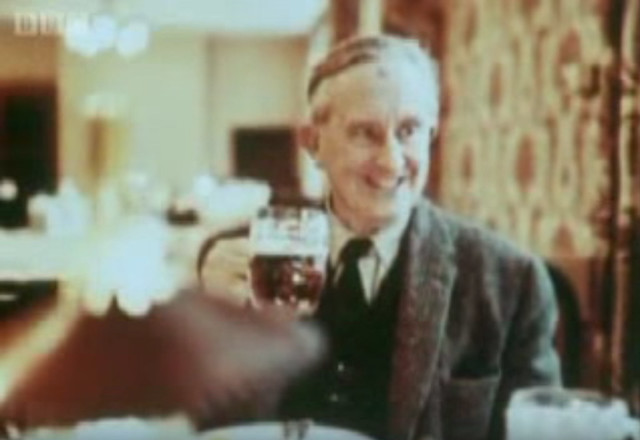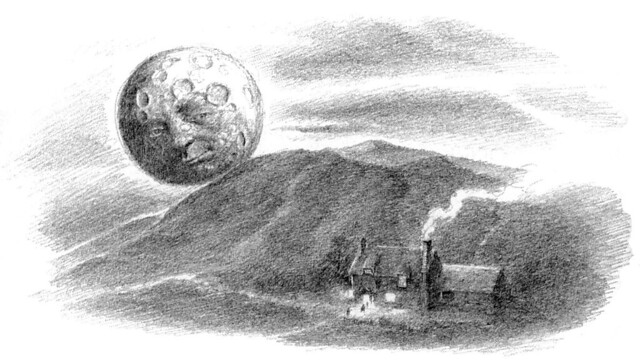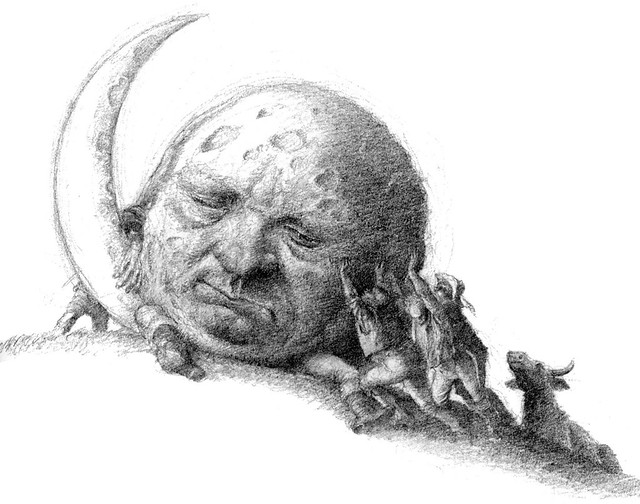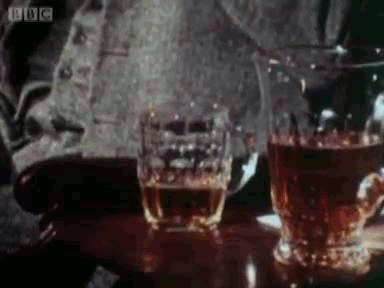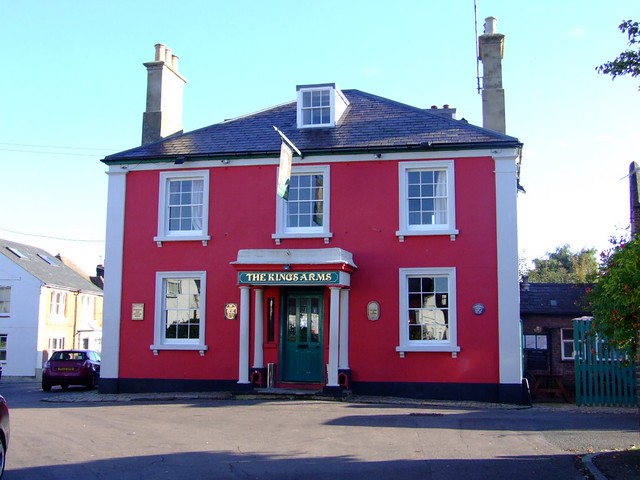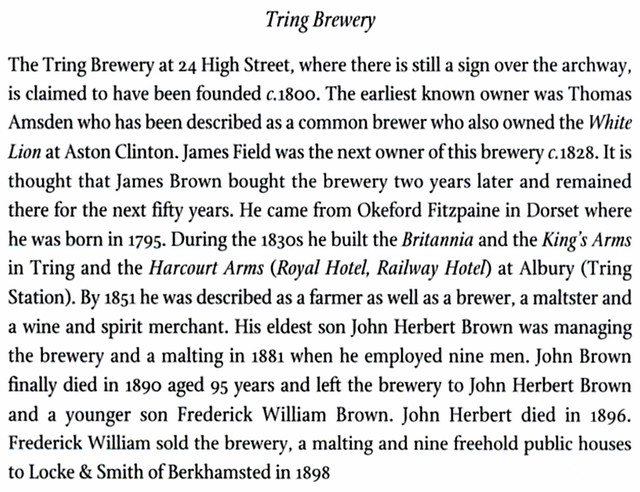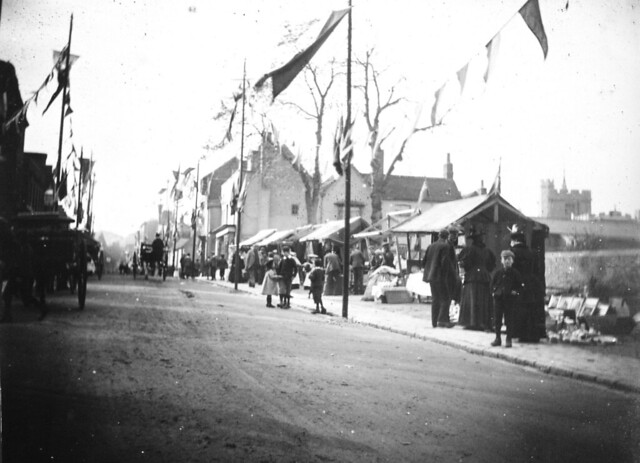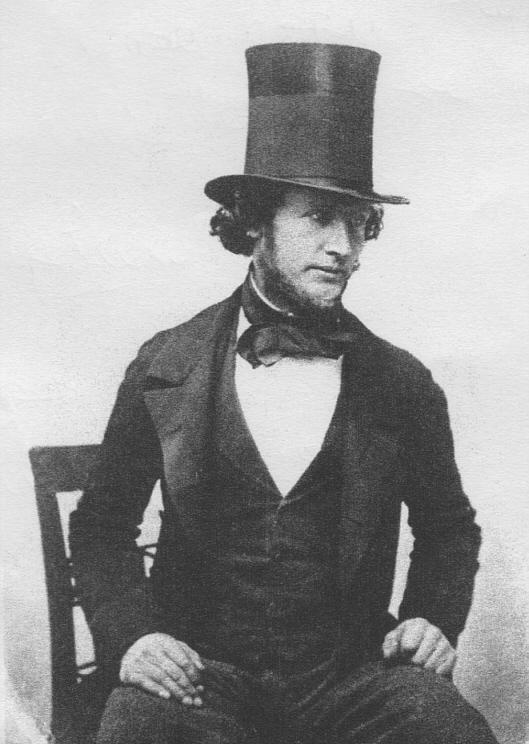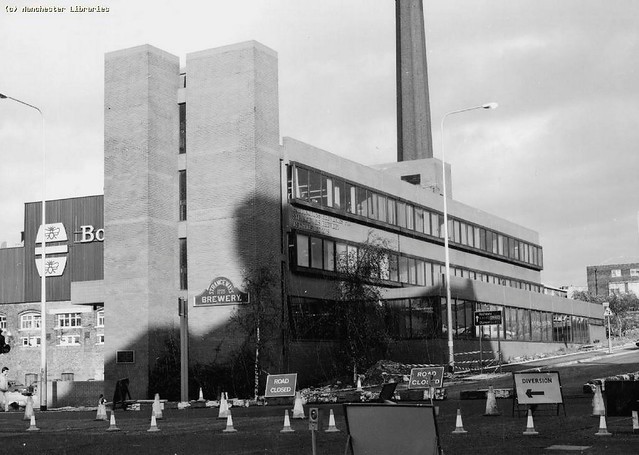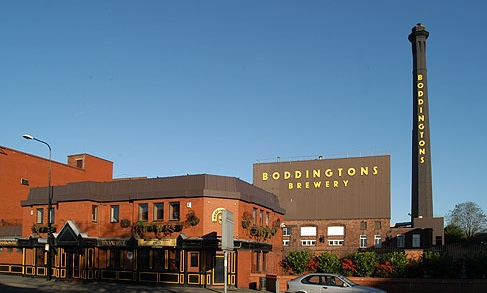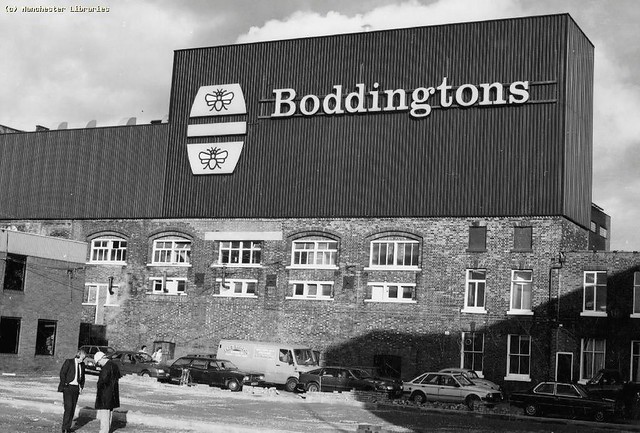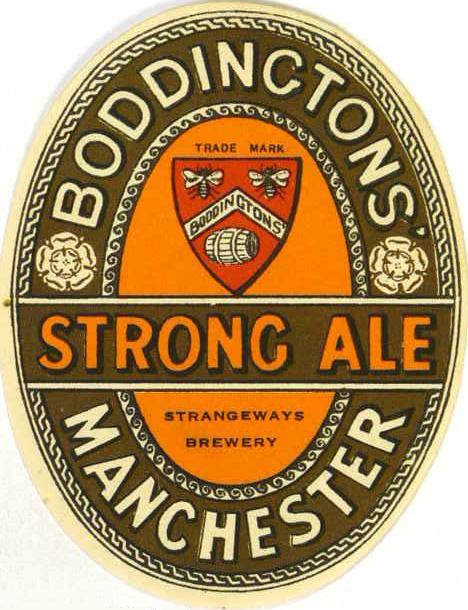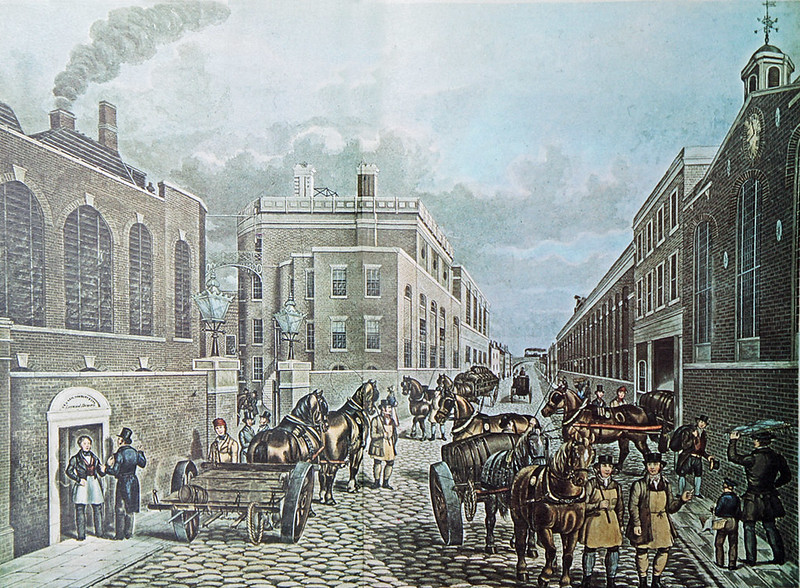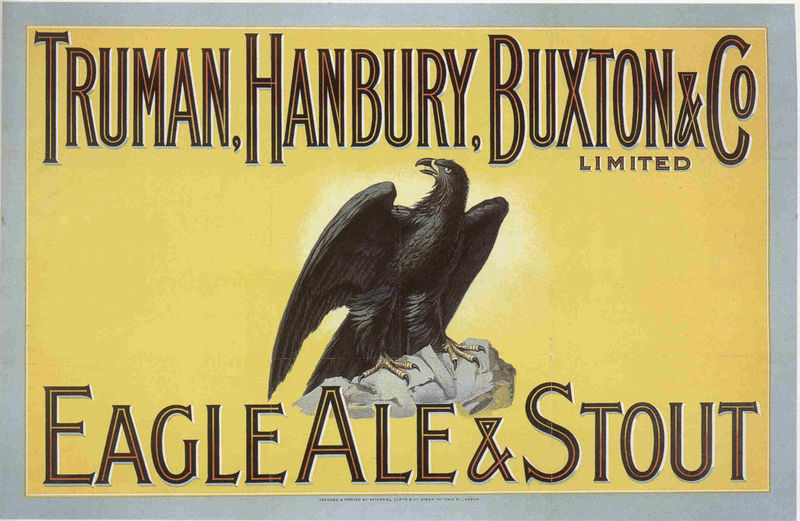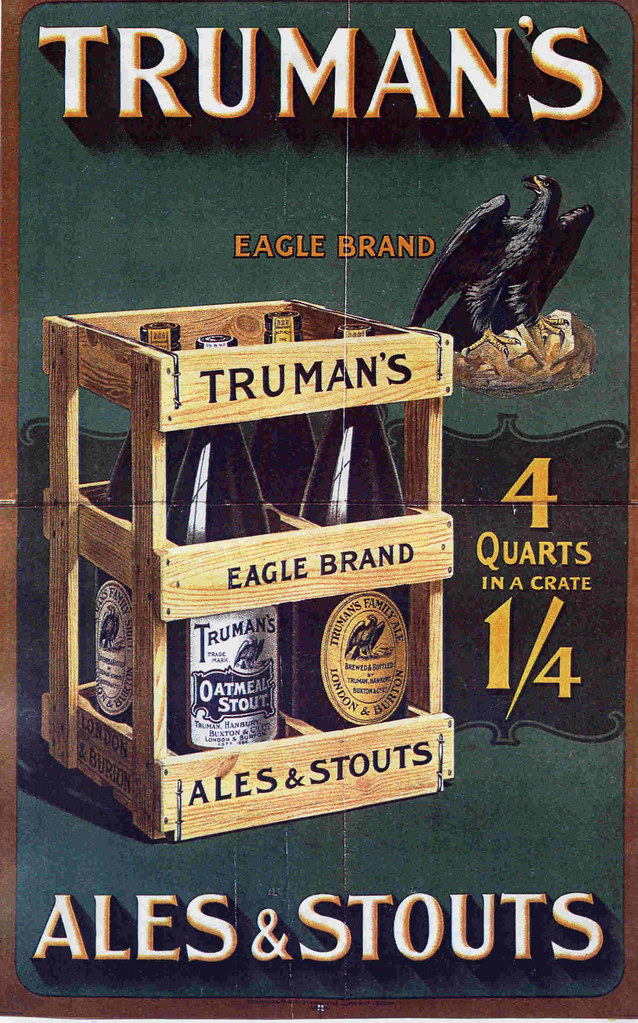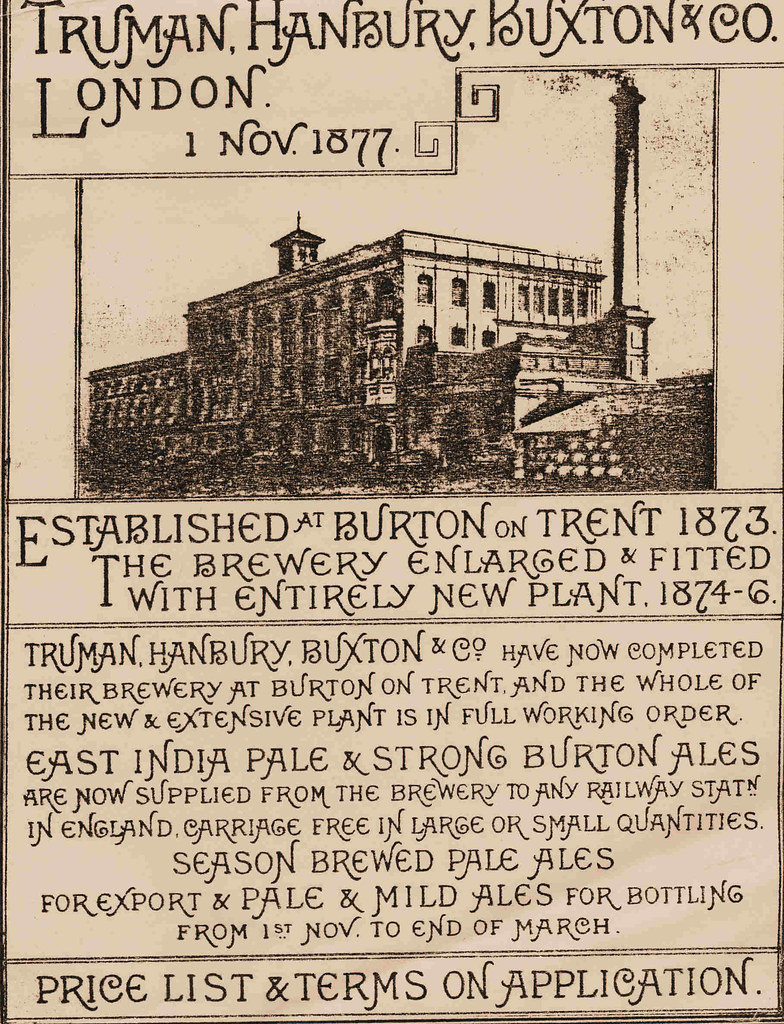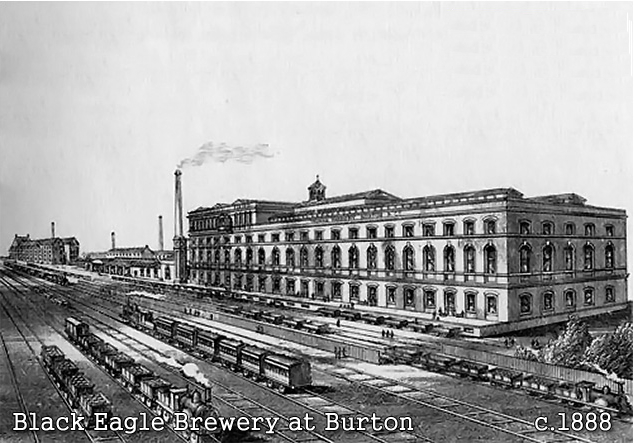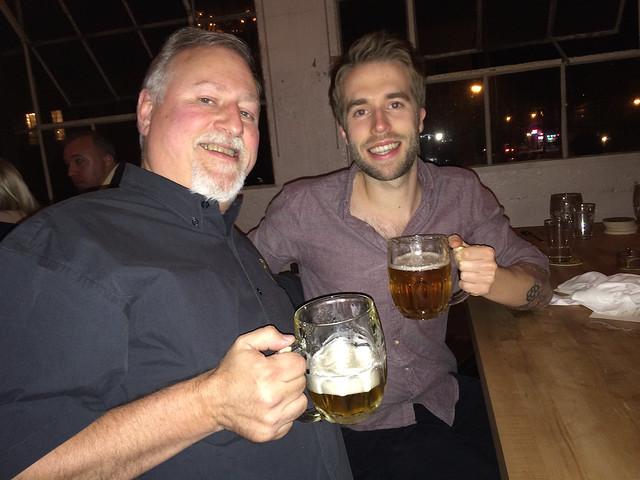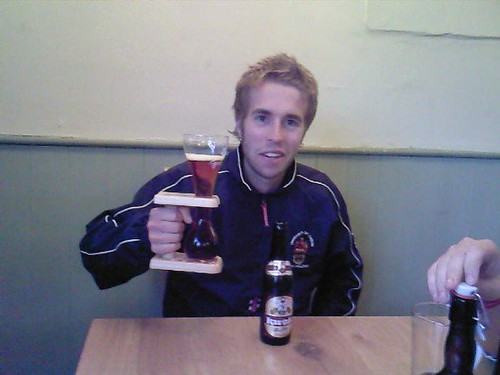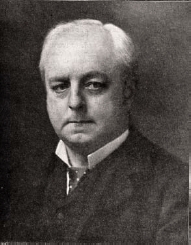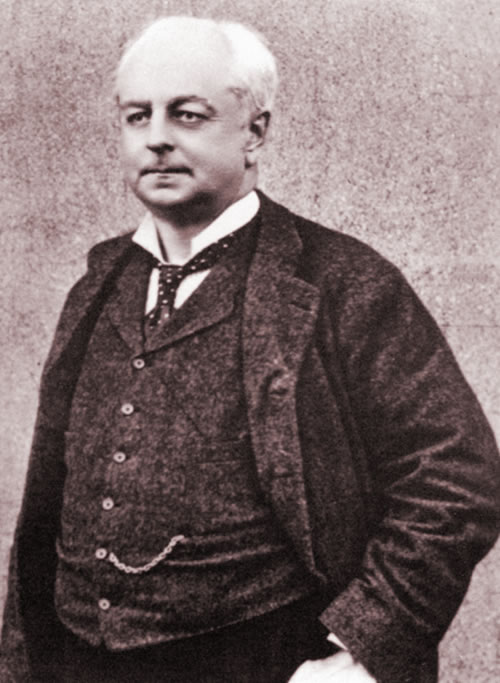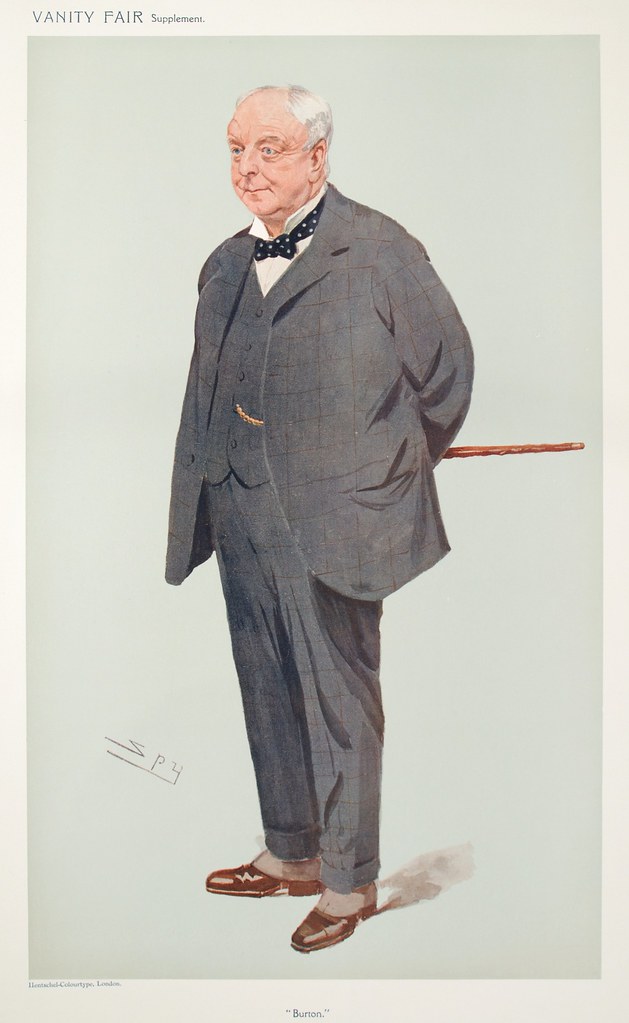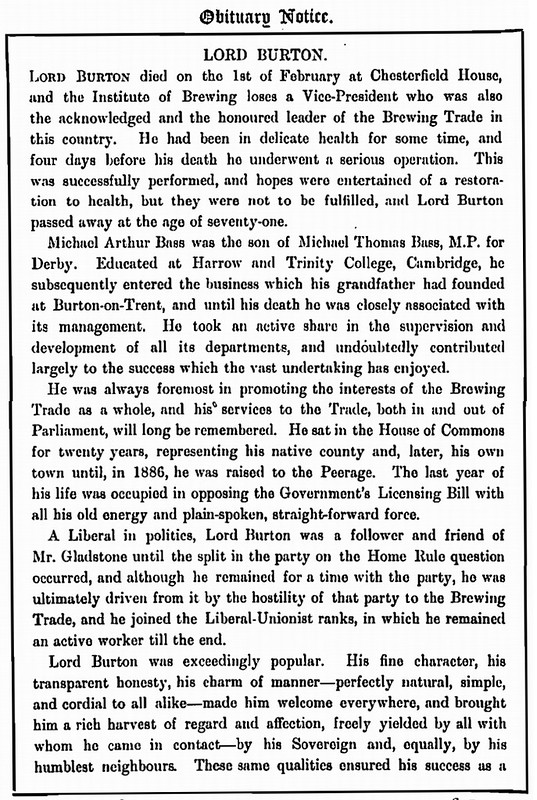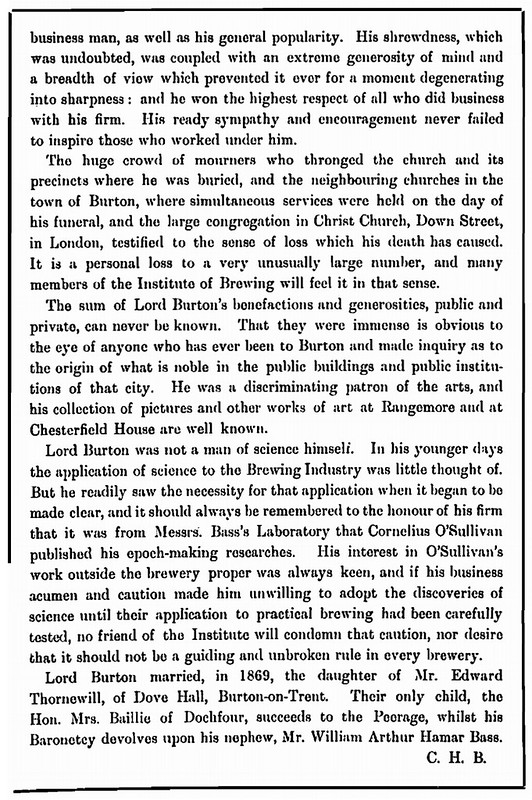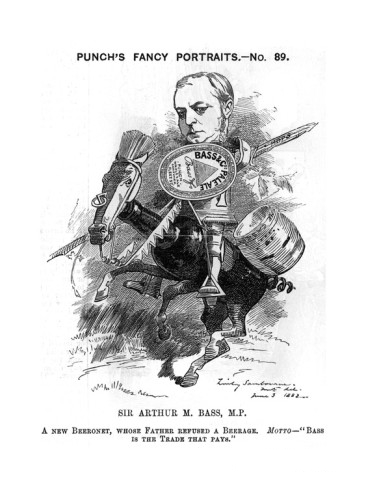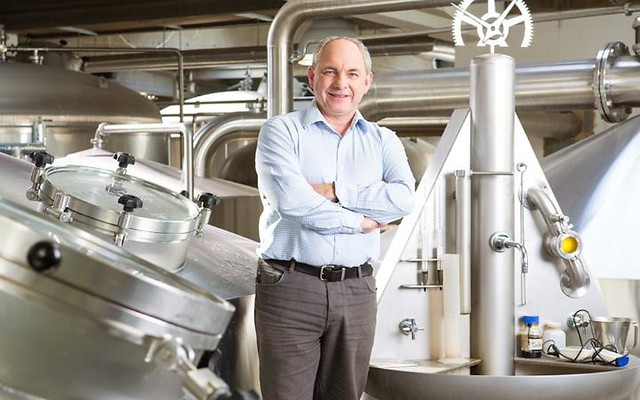
Today is the birthday of Denis Holliday (January 4, 1917-June 2, 2016). He was born in Great Yarmouth, England, and worked as an apprentice at Greene King beginning in 1938. He then worked at Tollemache brewery in Ipswich and Bass’s Wenlock Brewery in London before being hired by Dorchester’s Eldridge Pope as head brewer in 1954. He completely cleaned up the brewery and turned the old brewery into a modern one. He also created their Royal Oak and Thomas Hardy’s Ale.
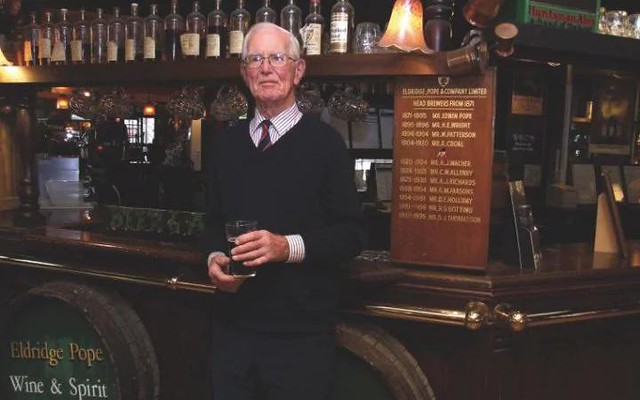
In 1972, he won “a record seven International Brewing Awards, the “Oscars” of the beer industry, at the London Brewers Exhibition,”and was listed “in the Guinness Book of Records after brewing the strongest beer in the world.” For a time, he was president of the International Brewers’ Guild and was awarded a Queen’s Silver Jubilee Medal for Industry in 1977. He retired from brewing in 1982, but continued to work as a consultant in the industry. In 2008, he received an MBE (Order of the British Empire) for his service to the community.

I’m sorry to say I hadn’t known about Holliday until after a few summers ago. Unfortunately, that’s when he passed away and his obituary appeared in The Telegraph. He sounds like he was an amazing person who lived a full life.


